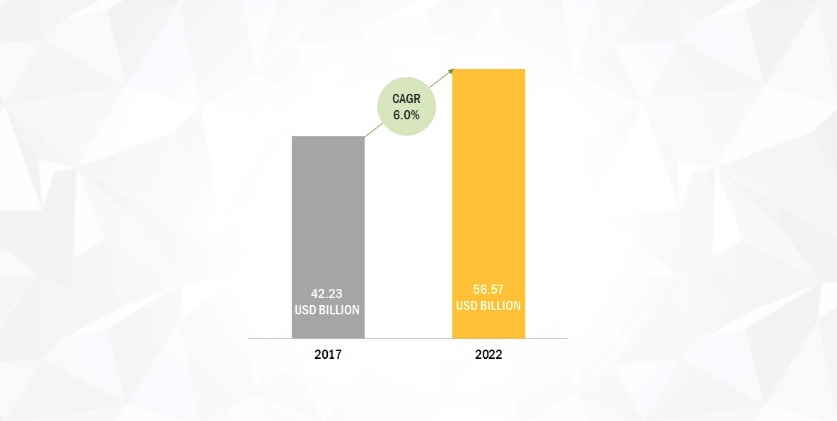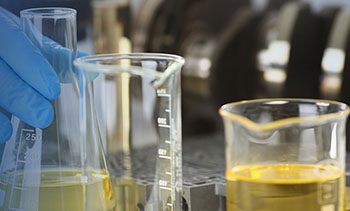Water is vital for both industrial and municipal use. The technology for water treatment in the industrial sector differs fundamentally from that in the municipal sector as functions vary as per specific needs of each sector. In the industrial sector, demand for water treatment varies between industries and location of the establishment. Highly customized and integrative technologies are used in treating water in the industrial sector. On the other hand, municipal water treatment requires established techniques and processes to purify water and fulfill public demand.
Lakshmi Narayanan - Associate Vice President : Chemicals & Materials Research, at MarketsandMarkets™, shares his Point of View as mentioned below:
Water Treatment Chemicals
The market for water treatment chemicals is projected to grow from USD 40.34 billion in 2016 to reach USD 56.57 Billion by 2022, at a CAGR of 6.0%. Mega trends such as higher water consumption due to population growth, shortage of resources, climate change, and growing importance on environment protection are driving the market for water treatment chemicals.
Source: MarketsandMarkets™ Analysis
Future trends in water treatment:
Future trends in water treatment would generally include efficient and effective treatment of wastewater.
Smart management systems are methods through which effective control of water distribution can be achieved. This process controls distribution and use of water with due consideration of technical and natural water networks and cycles. Wastewater is directed toward municipal wastewater treatment plants in due consideration of the infrastructural capacity of the establishment and also focusing on circumventing damage to natural water bodies and shifts into other environmental compartments. These systems are mainly smart networks, which help in managing water requirement and treatment.
Optimization of the production process using production-integrated processes enables the requirement of less water, reduced contaminant loads, and increase in economical recycling of wastewater. In addition, this process maintains the quality of water.
Water environment should be considered as an important factor while taping natural resources as well as artificial. Areas with rich water resources do not need the same technological input as areas with low water resources. Use of proper tools should be inculcated for determining the availability of water. Zero liquid discharge is likely to remain a major trend in water conservation efforts.
Use of alternative water resources such as stormwater, treated (municipal) wastewater, and condensate are expected to gain acceptance in the near future. Improved analytical methods, including biological effects analysis, is likely to supplement chemical analysis in the next five years.
Energy efficiency of water treatment processes needs to be considered as a major factor. Evaluation of energy efficiency of each and every treatment process needs to be achieved. Development and commercialization of high-temperature processes to treat water such as membranes and sorbents are required to be driven forward to avoid heat transfer losses.
Technological advancements such as high-temperature processes, contamination-controlled treatment of suds, selective separation techniques, salt separation through non-toxic extraction agent, removal of refractory materials through process optimization, new catalysts and process integration, new environmentally-sound materials for process intensification and efficiency enhancement such as hybrid materials, catalysts, sorbents, membranes, auxiliary materials (green flocculants, antiscalants, biocides), and improvement in technology through development of demo plants and facilities, which can also launch new products will further provide scope for improvement in the field of water treatment.
Conclusion:
Water treatment plays an important role in the day-to-day life of every individual. In the future, the shortage of resources and population growth will be the major concern areas for the water treatment industry. As per the United Nations, more than 5 billion people would be affected owing to water shortages by 2050. Demand for water is expected to be the largest in the developing countries. In addition, adverse climatic conditions are likely to put added stress on supplies. The above-mentioned technologies and treatment processes would help in minimizing the wastage of water and support timely renewal and use of water resources. Furthermore, water recycling would help in sustaining required water levels in industrial as well as municipal sectors.


